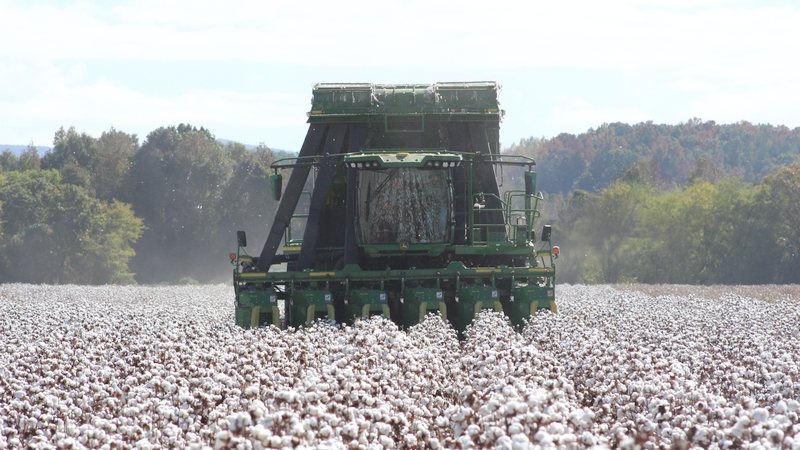Labor Shifts Bring Change to China’s Textile Industry
The Chinese cotton industry has been enjoying robust demand in the past few years due to the fast growth of its textile industry. However, that does not mean the development of China’s cotton industry will be smooth sailing in the future.
Generally speaking, cotton acreage has been increasing gradually in China for several years. However, cotton’s share of acreage in major inland areas is decreasing, from 67 percent in 2000 to 63 percent in 2008, while the share of Xinjiang cotton acreage expanded from 23 percent to 30 percent.
The first reason for this change is that an increasing number of young people have been leaving rural areas to work in the city, which results in an aging labor force and higher labor costs. Because cotton requires more labor than most other crops, more and more inland cotton acreage will shift to the middle and western parts of China over the course of the next few years.
Cotton acreage in Xinjiang has increased rapidly in the past few years, but the potential of further expansion there is also limited due to the shortage of water and arable land.
Because of these factors, the outlook for China’s cotton acreage and production is not particularly optimistic. We estimate that China cotton acreage will range from 5 million to 5.5 million hectares in the few next years, and production will range from 6 million to 7.5 million tons, accounting for about 25% of the world’s total.
Reshuffling the textile industry
The 12th Five-Year Plan of China emphasizes a low-carbon economy, but the textile industry is characterized by high levels of power consumption and environmental pollution. Also, the shift to the middle and western parts of the country is unsustainable. It seems to be a rule that the textile industry always moves to the place with the cheapest production cost, and a number of textile mills are moving their manufacturing plants to central and western China to do exactly that. But labor in those areas is moving to the eastern part of the country to take advantage of higher wages there, making the textile industry’s shift westward unsustainable.
Finally, there are the issues of overcapacity and low profits. There are more than 45,000 textile mills in China, and the appreciation of the Chinese yuan has exceeded 24 percent since the foreign exchange reform in 2005, weakening the competitiveness of Chinese products in foreign markets.
All of these factors signify a reshuffling of the textile industry and the creation of “a whole new game” that emphasizes quality, brand, innovation and efficiency. Such a scenario will also challenge the domestic cotton industry to make full use of its limited resources.
Nonetheless, China’s textile industry will continue to hold an important position on the world stage and will continue to produce quality products for the global textile industry. It is expected that China’s cotton consumption will continue to account for about 40 percent of the world’s total production over the next few years, and cotton prices in China will be interactive with the world market.









